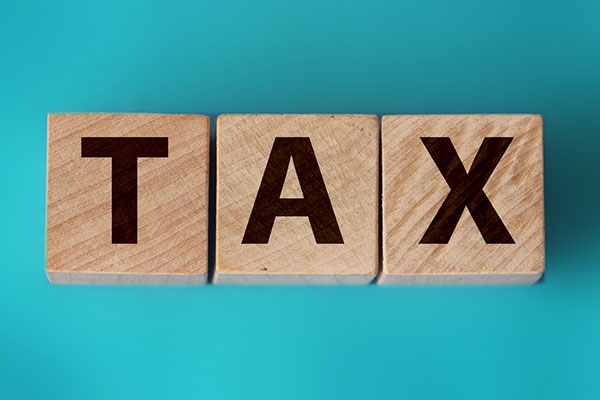Dividend tax: how to avoid it
23rd September 2022 11:54
The dividend tax will be reversed next April. We run through the the best lines of defence for investors.

The 1.25 percentage point increase in the dividend tax will be reversed next April, it was announced in today’s mini-budget.
From the start of this tax year on 6 April, basic-rate taxpayers pay 8.75%, higher-rate taxpayers 33.75%, and additional-rate taxpayers pay 39.35% on dividends above £2,000.
However, from April 2023, basic-rate taxpayers will pay 7.5%, and higher-rate taxpayers 32.5%. Current additional-rate taxpayers will also pay 32.5%, following today’s separate announcement scrapping the additional rate of income tax.
- Learn with ii: What is a Stocks and Shares ISA? | SIPP Tax Relief Explained | SIPP Dividend Tax
The government said the change will benefit 2.6 million taxpayers, with an average benefit of £345.
Based on a yield of 3%, it requires a portfolio of £66,667 to generate £2,000 of dividend income. With a 4% yield, this figure drops to £50,000, and with a 5% yield it falls to £40,000.
- Visit the ii Knowledge Centre for a wide range of investor education content
- Check out our award-winning stocks and shares ISA
- ii Super 60 investments: quality options for your portfolio, rigorously selected by our impartial experts
How to minimise your dividend tax liability
The good news is that the dividend tax can be avoided by using an ISA. At present the annual allowance is £20,000 and £9,000 for a Junior ISA.
In addition, the personal allowance of £12,570 may also cover dividend income if your other income sources are worth less than that sum.
Investors with substantial holdings outside ISAs should consider moving them into the wrapper. The transfer, however, will involve selling and buying back shares, which could trigger a capital gains tax (CGT) bill. The CGT annual allowance is £12,300. The process known as 'bed and ISA' is a straightforward way to fund your ISA using your existing investments.
Self-invested personal pensions are also beneficial, in that dividends are tax-free within the wrapper. But bear in mind withdrawals that exceed the 25% tax-free allowance will be taxed as income.
To sum up, tax shelters are investors’ best line of defence.
These articles are provided for information purposes only. Occasionally, an opinion about whether to buy or sell a specific investment may be provided by third parties. The content is not intended to be a personal recommendation to buy or sell any financial instrument or product, or to adopt any investment strategy as it is not provided based on an assessment of your investing knowledge and experience, your financial situation or your investment objectives. The value of your investments, and the income derived from them, may go down as well as up. You may not get back all the money that you invest. The investments referred to in this article may not be suitable for all investors, and if in doubt, an investor should seek advice from a qualified investment adviser.
Full performance can be found on the company or index summary page on the interactive investor website. Simply click on the company's or index name highlighted in the article.
Editor's Picks